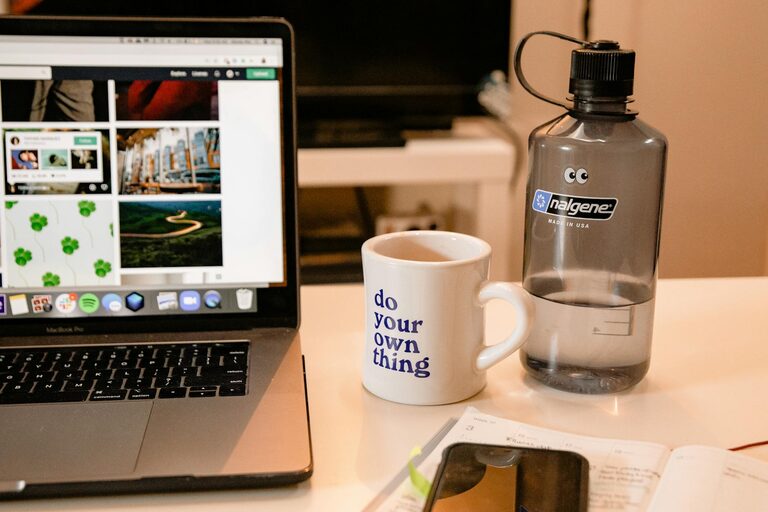Building a reading habit can enrich your life, improve your knowledge, and provide a relaxing escape from daily stress. But starting and maintaining this habit can feel overwhelming, especially if you’re not used to reading regularly. The good news is that creating a simple reading habit is achievable with a few practical strategies.
In this post, we’ll explore effective ways to build a reading habit that lasts, no matter how busy your day is.
Why Build a Reading Habit?
Before diving into how, it’s helpful to understand why reading regularly is beneficial:
– Improves Brain Function: Reading stimulates your mind and enhances critical thinking skills.
– Reduces Stress: A good book can help you unwind and clear your mind.
– Expands Knowledge: Books offer endless opportunities to learn new subjects and ideas.
– Enhances Focus and Concentration: Regular reading trains your brain to focus better.
– Boosts Vocabulary: Exposure to new words through reading improves communication skills.
Understanding these benefits can motivate you to keep going when forming a new habit.
Step 1: Start Small and Set Realistic Goals
The key to forming a reading habit is to begin with manageable goals rather than overwhelming yourself.
– Choose a duration: Start with just 5 to 10 minutes a day.
– Set a page goal: Read 1–5 pages during your reading time.
– Be flexible: Some days you might read more, some less, and that’s okay.
Small goals reduce pressure and make it easier to stay consistent.
Step 2: Pick Books That Interest You
Choosing the right book is crucial. Reading something boring or difficult can discourage you.
– Pick topics or genres you enjoy, whether fiction, biographies, or hobbies.
– Try different formats like audiobooks, eBooks, or print books until you find what suits you best.
– Don’t be afraid to stop reading a book if you don’t like it and move on to another.
Enjoyment makes reading feel less like a chore and more like a treat.
Step 3: Create a Dedicated Reading Space
Having a comfortable, inviting spot to read enhances the experience and encourages regular reading.
– Identify a quiet corner with good lighting.
– Make sure the space has minimal distractions.
– Add cozy elements like a soft blanket, a cushion, or a cup of tea.
A pleasant reading environment helps your brain associate the space with relaxation and focus.
Step 4: Incorporate Reading into Your Daily Routine
Forming habits is easier when they are part of your daily schedule.
– Link reading to an existing habit: Read after breakfast, before bed, or during your commute.
– Use reminders: Set alarms or notes to prompt your reading time.
– Carry a book with you: Use downtime (waiting in line, breaks) to read a few pages.
Consistency is key. Even short sessions add up over time.
Step 5: Minimize Distractions
Reading requires focus, so try to reduce interruptions as much as possible.
– Turn off notifications on your phone or switch it to airplane mode.
– Find a quiet environment, or use noise-cancelling headphones if needed.
– Inform people around you of your reading time to avoid disturbances.
A distraction-free environment helps you immerse in the book and enjoy the process.
Step 6: Track Your Progress and Celebrate Milestones
Keeping track of your reading goals can boost motivation and provide a sense of accomplishment.
– Use a reading journal or app to log books and pages read.
– Join online book communities or challenges for social support.
– Celebrate small wins, such as finishing a chapter or a book.
Recognizing your progress encourages you to keep the habit alive.
Step 7: Make Reading Fun and Social
Adding a social element or variety can make reading more enjoyable.
– Join a book club or find friends who like to read.
– Share book recommendations or discuss ideas from what you’ve read.
– Mix up genres and formats to keep things fresh.
Enjoying reading with others or exploring new types of books adds excitement to your habit.
Common Challenges and How to Overcome Them
Feeling Too Busy: Try reading just a few pages or minutes. Even short sessions count.
Losing Interest: Switch books or genres to find something that excites you.
Difficulty Concentrating: Shorten reading time and gradually increase it as your focus improves.
Distractions: Set specific reading times and create a quiet environment.
Final Thoughts
Building a reading habit is about making reading a simple, enjoyable, and regular part of your day. Start small, choose books you love, create a cozy spot, and integrate reading into your daily life. Celebrate progress, connect with others, and be kind to yourself as you develop this rewarding habit.
With patience and persistence, reading can become a natural and delightful part of your routine. Happy reading!

